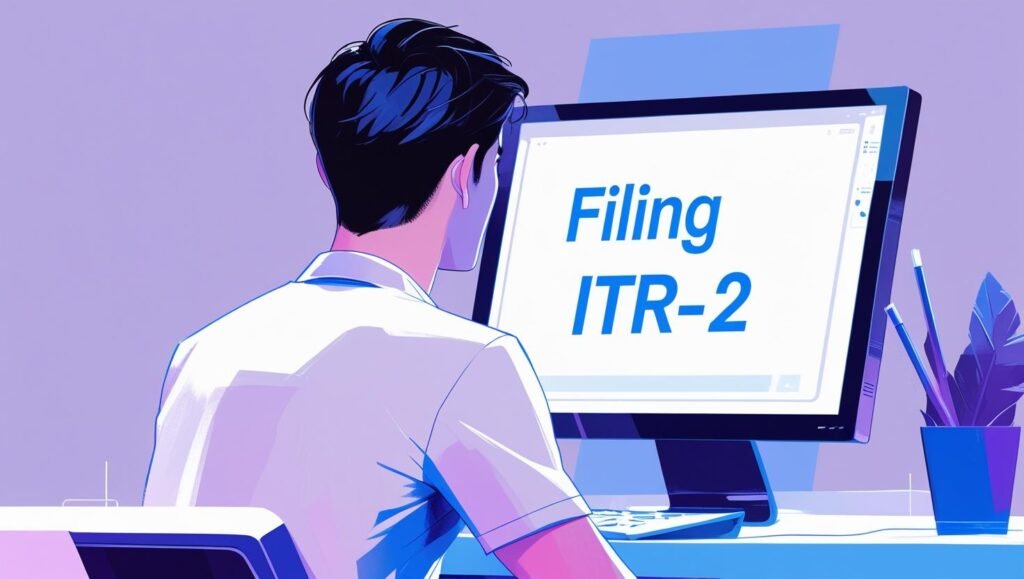Alright, tax season is here again. We know, it can be a little intimidating. But if you’re an individual or a Hindu Undivided Family (HUF) with income from your salary, a rented property, or some clever stock market moves, then ITR-2 is likely your form. This isn’t for people with business or professional income, but it’s perfect for everyone else who has a bit of a complex financial life, especially if you’ve got capital gains. Filing ITR-2 might look like a puzzle at first, but with a clear guide, you can solve it with no problem. Let’s get you ready to tackle your ITR-2 filing for FY 2024-25.

The first and most important step is figuring out if you’re eligible to file ITR-2. This form is specifically designed for individuals and HUFs with income from a few different sources, as long as it’s not from a business or profession.
You should file ITR-2 if you have income from:
Heads up! Even if you’re a salaried individual, you must use ITR-2 if your total income from all sources is more than ₹50 lakh. You also need to use this form if you’re a director in a company or own investments in unlisted shares.
You should not file ITR-2 if you have any income from a business or a profession. For that, you’ll need a different form, like ITR-3 or ITR-4. If you’re eligible to file the super-simple ITR-1 (Sahaj), you also won’t need to worry about ITR-2.
Gathering your documents beforehand makes the filing process a breeze. Think of this as your tax-filing toolkit for ITR-2.
The Income Tax Department has made the online filing process pretty user-friendly. Here’s a simple walkthrough to get your ITR-2 submitted.
For most individuals and HUFs, the last date to file ITR-2 for FY 2024-25 (AY 2025-26) is July 31, 2025. Don’t miss this! If you do, you can file a belated return by December 31, 2025, but it might come with a late-filing fee.
Q1: What is the main difference between ITR-1 and ITR-2?
ITR-1 (Sahaj) is for individuals with a simple financial life—salary, one house property, and other sources (not including lottery winnings), with a total income up to ₹50 lakh. ITR-2 is for individuals with a more complex situation, like multiple properties, capital gains, foreign assets, or a total income over ₹50 lakh.
Q2: Can I file a physical copy of my ITR-2?
No, not usually. The online method is mandatory for most taxpayers. However, if you are 80 years of age or older, you are still allowed to submit a physical paper return.
Q3: What if I forget to report some income or a foreign asset?
It’s important to be accurate. However, if you realize you’ve made a mistake, you can file a revised return to correct it. It’s always better to be proactive and fix an error than to wait for the Income Tax Department to send you a notice.
Q4: How do I know if my ITR-2 has been successfully filed?
You will receive an acknowledgement receipt, called the ITR-V, in your registered email inbox. Make sure to save this for your records as proof of filing.
Filing ITR-2 might seem like a lot, but it’s just a matter of following the steps and having your documents ready. By understanding the eligibility criteria, gathering the right paperwork, and using the simple online portal, you can ensure your taxes are filed accurately and on time.
Filingg.com offers expert services to ensure your business thrives. For more details, contact 7791910007 or info@filingg.com today!
WhatsApp us